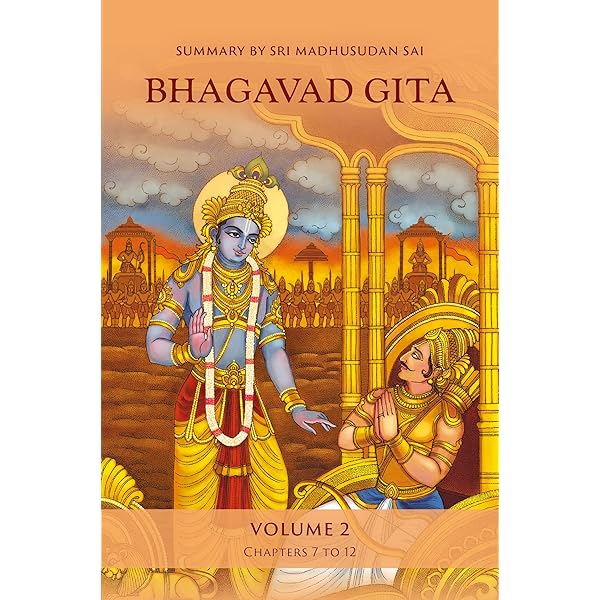Chapter XIII — The Bhagavad-Gita
byChapter XIII opens with Arjuna seeking deeper insight into the nature of the human body and the essence that resides within it. Krishna responds by defining two key concepts: the body as the “field” and the soul as the “knower of the field.” The field is everything physical—subject to change, decay, and interaction—while the knower remains unchanged, silently observing. Krishna explains that he is the ultimate knower in all beings, present in every form yet unbound by any one form. The body interacts with the world, but it is the soul that gives it awareness. This distinction helps Arjuna recognize the limits of external identity and the beginning of true understanding.
The characteristics that form the field include the five elements—earth, water, fire, air, and ether—as well as the mind, intellect, and ego. These elements give rise to desire, hatred, pleasure, pain, and the urge for life and death. Krishna outlines that knowledge is not simply mental learning but a way of being that includes humility, patience, cleanliness, nonviolence, and perseverance. Detachment from the senses and constant mindfulness of the divine bring clarity. True knowledge leads to the recognition of the eternal spirit within. Those anchored in wisdom remain unaffected by the turmoil of outer experience, standing calmly amid change. Their strength lies in the awareness that they are not the field, but the knower of it.
Krishna reveals that understanding the soul means recognizing the Supreme Being, which is beyond both form and formlessness. This presence exists within all things yet remains untouched by the actions of the body. Just as sunlight reflects in different waters without changing its nature, the Supreme soul exists in all forms but remains unchanged. The wise do not see diversity in creation as separation; instead, they see unity beneath the variety. Everything in existence is infused with the same spirit, even if its outer form differs. When this truth is known, the fear of death fades, and compassion becomes natural.
He further explains that Nature (Prakriti) is the force responsible for all action, while Spirit (Purusha) provides the awareness that allows actions to be perceived. Nature shapes the body and its behavior, but Spirit simply witnesses. The problem arises when Spirit becomes entangled, forgetting its identity and associating itself with pleasure, pain, and personality. However, Krishna reminds Arjuna that Spirit is never truly affected—it is always free. The illusion of bondage exists only when the self forgets its divine origin. Realizing this is the beginning of liberation, a shift from ego to awareness.
Krishna emphasizes that liberation is open to all, no matter the path chosen—whether through deep contemplation, selfless action, or devotion. What matters is seeing the divine presence in all beings. Those who know this are not bound by selfish desires, even while living in the world. When one sees clearly that every action comes from Nature, and the self is merely the witness, one can act without attachment. Life becomes peaceful, rooted in the awareness of eternity. The cycle of birth and death loses its grip, and the soul stands free.
In closing, Krishna urges Arjuna to remember that all beings are born from the union of spirit and matter. The spirit gives life, but matter shapes form. Those who understand this relationship become truly wise. They move through life with equanimity, seeing no enemies, no strangers—only different expressions of the same truth. To live with this vision is to live beyond fear, beyond conflict, and beyond illusion. Chapter XIII stands as a clear call to self-knowledge, guiding every soul to see not just what changes, but the changeless light within.

